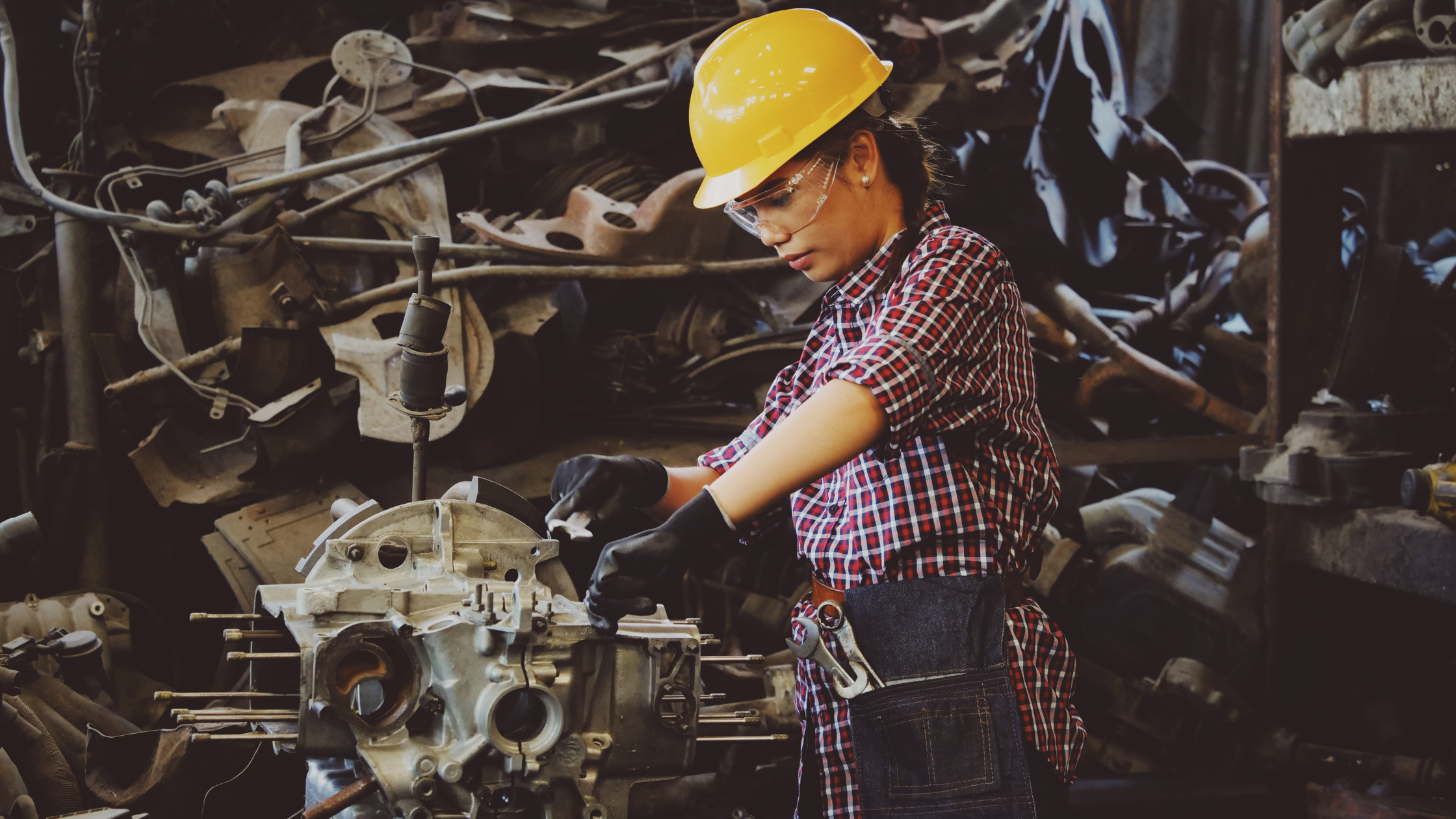Celebrating International Women's Day in Manufacturing
By Katie Foley
Today, International Women’s Day, we celebrate women across the globe and their contributions to the world in all aspects of society. As a software company that serves the manufacturing industry, we’d like to celebrate IWD with a look at the life of Rosie the Riveter – one of the most famous cultural icons of female empowerment from WWII to current day.
Rosie the Riveter represented the women who worked in manufacturing factories during World War II. The Rosie the Riveter imagery was used to recruit women to fill in the manufacturing jobs left by the men who were fighting in the war. Many claim that she forever opened the work force to women.
How great of an impact did Rosie the Riveter imagery make? In 1943 over 310,000 women worked in the U.S. aircraft industry, making up 65% of the total industry (compare that to the 1% women made up pre-war). Though women were crucial to the workforce during WWII, female workers rarely earned more than 50% of male wages.
- Who was the “real” Rosie the Riveter? The identity of the real Rosie has been a subject of a debate. Here’s a look at some of the women that are considered to be the real Rosie:Geraldine Hoff Doyle. Worked in a Navy machine shop during WWII.
- Rose Will Munroe. Worked as a riveter at the Willow Run Bomber Plant near Detroit.
- Rosalind Walter. Known to be the Rosie from a popular song at the time. Worked as a riveter on Corsair fighter planes.
- Naomi Parker Fraley. Perhaps the most credible claim as the real Rosie. She was photographed working at the Naval Air Station in Alameda, CA in 1942 sporting the recognizable polka-dot bandana.
Thank you to the "real Rosie" and all the Rosies who followed in her footsteps for paving the way for women in this great field and all women to enter the workforce. As we see more women interested in STEM, we think the future for women in manufacturing is brighter than ever.




